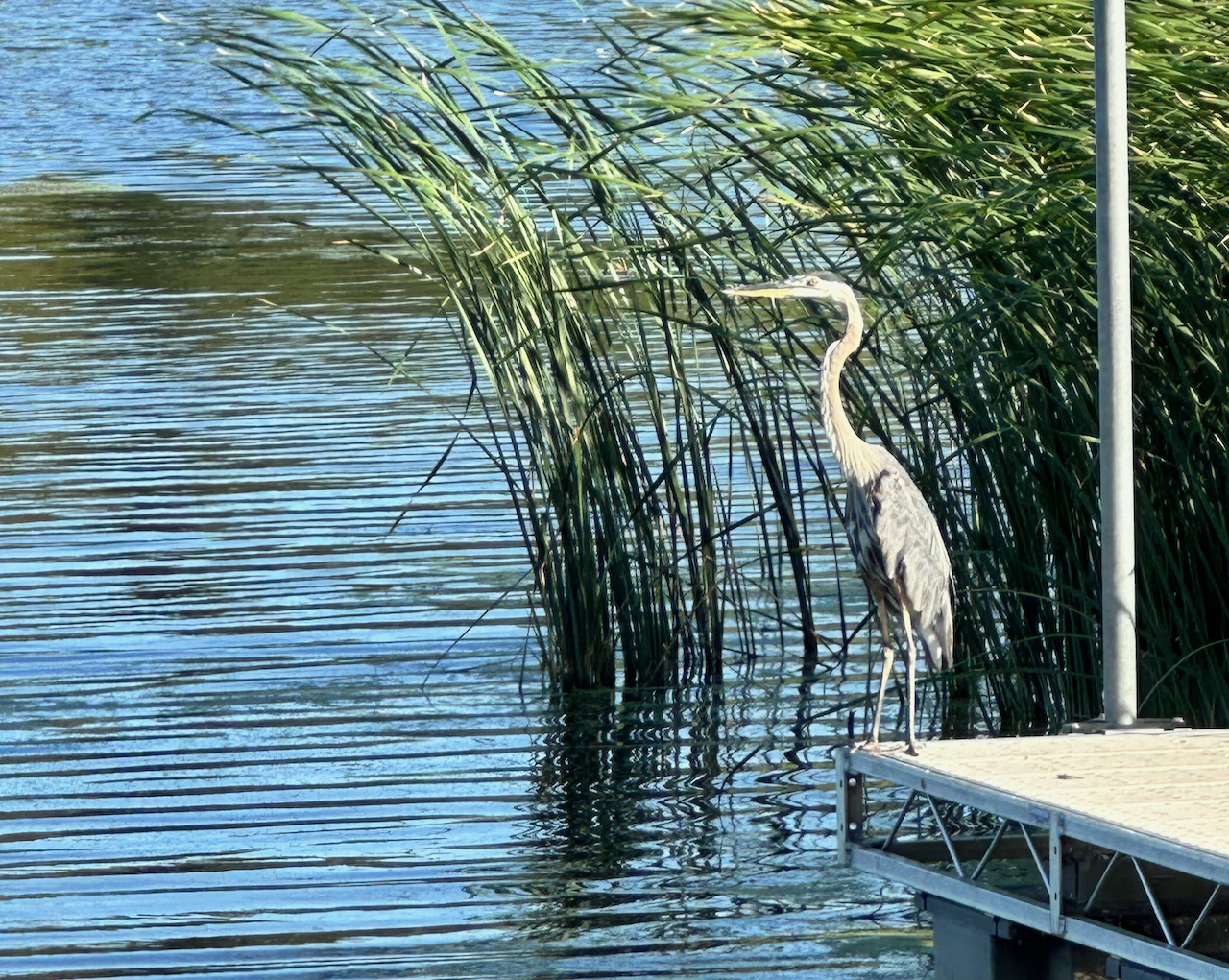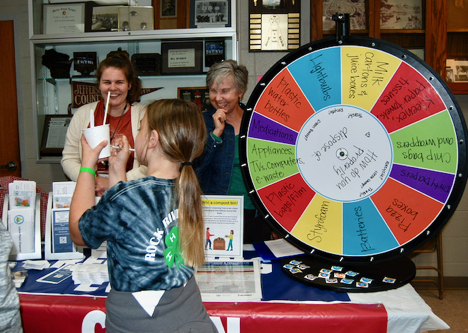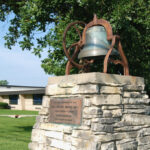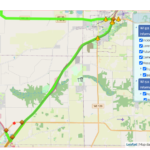Commentary by Anita Martin
We’re not only a stomping ground, we’re also a stopover. Approximately 150 bird species typically nest in Jefferson County, experts say, with 122 species confirmed in our county.
In the spring and early summer, birds from South America, the Caribbean, and Mexico have been spotted at the Faville Grove Sanctuary. The sanctuary. which has a parking area at W7480 Prairie Lane in Lake Mills near Highway G, features 600 acres of prairie, savanna, wetlands, and woodlands where birds abound.
Information bout the sanctuary is here: https://madisonaudubon.org/faville-grove.
Roughly 60 people headed to the Korth County Park Pavilion July 26 to learn more about the fine feathered friends that make our area home, brighten our landscape and enrich our lives. Rock Lake Improvement Association (RLIA), in partnership with the Jefferson County Parks Department, sponsored the program, which was the second of three in this summer’s Legendary Learning Nights free public education series.
Speakers included Drew Harry, who has served as land steward at Madison Audubon’s Faville Grove Sanctuary, and Lisa Gaumnitz, coordinator of Save Our Songbirds (SOS).
“The ospreys are fledgling right now,” explained Harry, who spent about eight years at the Faville Grove Sanctuary. “You should visit there and volunteer if you get a chance.”
“Wisconsin has some of the highest birding diversity in America,” he enthused. “Summer in Wisconsin is a special place to be, and the birds agree!”
Birds which frequent Jefferson County include red-headed woodpeckers, scarlet tanagers, chestnut-sided warblers, trumpeter swans, the dramatic American white pelicans and occasionally, relatively rare ovenbirds, at different times of the year. A lot of these birds like oak trees, especially white oaks, which are “really great for caterpillars.”
Black terns like marshy wetlands, largely inaccessible areas, Harry said, and often nest just outside of Jefferson County in the Goose Lake drumlins in Dane County. This bird species also nests on Rose Lake in Jefferson County (Lake Mills) as well, RLIA President Susan Trier added.
What can we do to encourage and enhance bird habitat? Having nesting cavities is important to such species as blue birds and certain kinds of woodpeckers, with nesting boxes. “A lot of blue birds use nesting boxes in the Faville area,” Harry said.
“Hundreds if not thousands of species of caterpillars” live in Wisconsin, the bird specialist said, emphasizing that birds love these nutrient-rich insects. To help build up the food base for birds, plant a variety of native plants in your garden, he advises.
Harry also talked about birds like the American vitrin which “doesn’t sound like a bird,” he demonstrated by doing a sound imitation. Other unusual sounding birds include sedrinas, which sound much like a machine gun, and the bobolink birds which emits a robotic sound reminiscent of “R2D2,” from “Star Wars.”
Lisa Gaumnitz offered attendees three easy steps to help songbirds:
• Add a few native plants to your yard if you can. Insects need fruits, nectars, and seeds.
• If you have windows and hear the thud of birds, consider such measures as attaching bird screens with suction cups.
• Buy coffee which is grown bird friendly. While it’s hard to find coffee labeled “bird friendly,” generally USDA Organic Coffee fits the bill.
She shared some impressive statistics: One study showed people surveyed reported a 53% boost in their mental health after hearing and seeing song birds. Birdwatching in Wisconsin alone is a $2,600,000,000 industry, “an important economic amenity for many communities.”
A study conducted in 2019 concluded North America has lost three billion birds since 1970, with warblers (especially Connecticut warblers), finches (particularly evening grosbeaks), and black birds among the hardest hit. More information about this topic is here: https://www.birds.cornell.edu/home/bring-birds-back/.
“Every little bit we can do can add up” in terms of helping protect our feathered friends. Gaumnitz invites folks to attend the free program, “Stop the Fallout from Bird-Window Collisions” which takes place Friday, Aug. 25 at 10 a.m., in the City Hall Community Room, 200 Water Street, Lake Mills. This event includes a free feather friendly window treatment kit while supplies last.
The next Legendary Learning Nights program takes place Wednesday, Aug. 30, from 6 to 7 p.m., at Korth Park Upper Pavilion in Lake Mills, and features a presentation on dragonflies and citizen science. More information about Legendary Learning programs is here: https://rocklake.org/wp-content/uploads/sites/45/2023/06/LegendaryLearn23.pdf .
Anita Martin is a longtime freelance journalist whose work has appeared in such publications as the Waterloo/Marshall Courier, The Madison Times, Agri-View, Dane County Lifestyles (formerly 50 Plus Lifestyles newsmagazine), Verona Press and Wisconsin Woman magazine, covering such topics as health and wellness, and women’s and multicultural issues. More recently, she has developed interest in such topics as environmental issues, avian influenza and other zoonotic diseases, and public health.

























